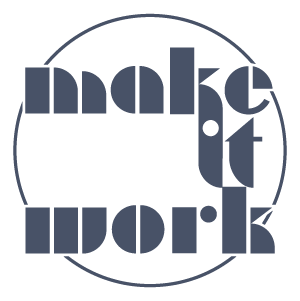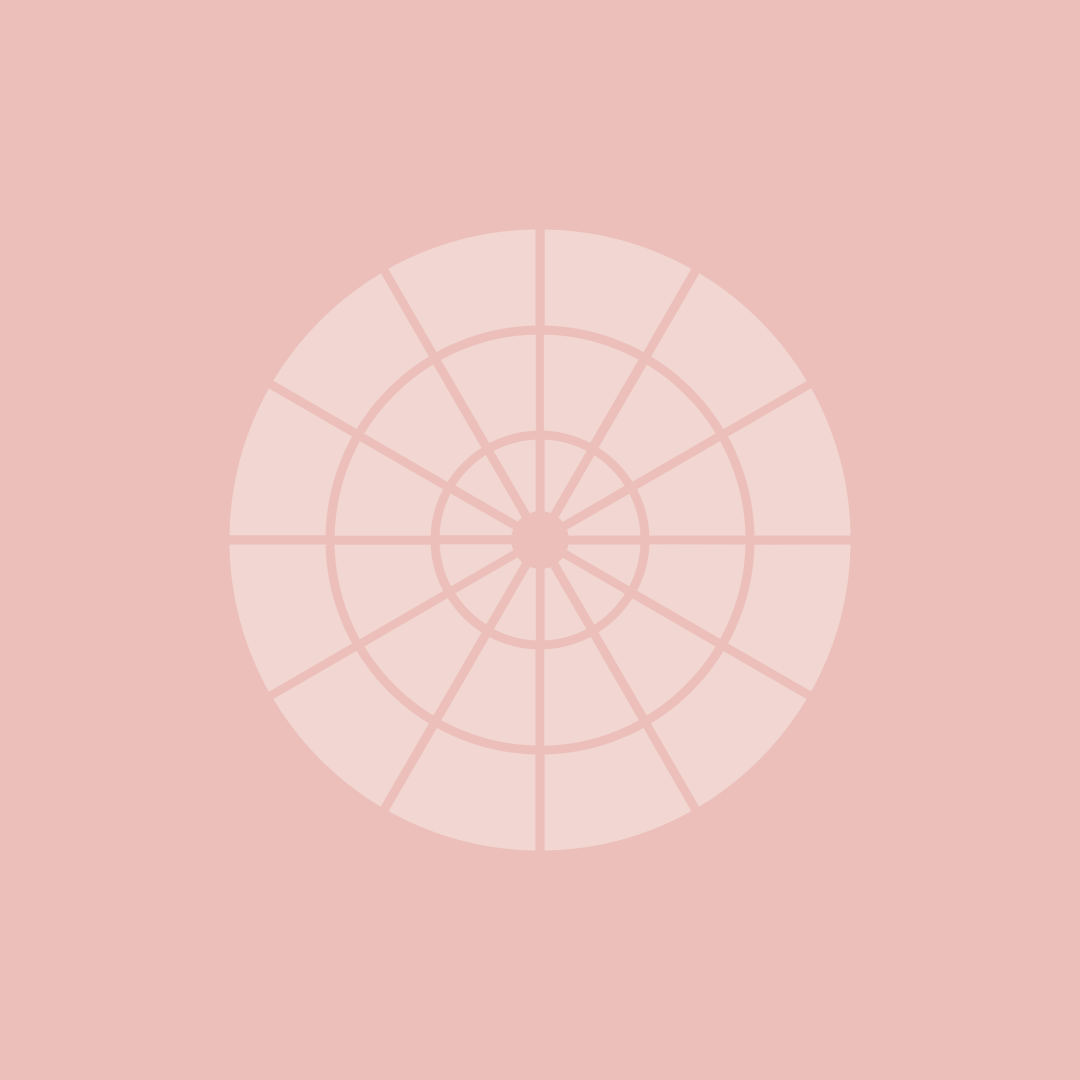Tertiary Colors
Tertiary colors are yellow-orange, red-orange, red-violet, blue-violet, blue-green, and yellow-green. These six colors are created by mixing a primary color with a secondary color. They sit between the primary and secondary colors on the wheel. Understanding these hues and their associations can assist your creative design process. Through color, you can communicate mood, and culture in your design or even if you are working with a creative professional.
Yellow-Orange (YO)
Yellow-Orange mango. photo by Alexander Mils
@alexandermils
Saffron. Mango. Goldenrod. Pee. Like its neighbors, yellow and orange, YO is the color of happiness, warmth, and optimism. And yes, urine after a day without hydration. Drink water, folks.
Coordinating song: “Mellow Yellow” by Donovan
Red-Orange (RO)
Red orange hot peppers. Photo by Ricardo Gomez Angel
Persimmon. Blood orange. Vermilion. Chinese Red. This hue was often used for a type of lacquerware created in China for thousands of years. Its connection to Chinese culture gave the hue the etymology, "Chinese red.” Sindoor, which is a red-orange powder is used by Hindus to decorate their foreheads to celebrate religious ceremonies. Mayans and Incas in the Americas used red-orange powder for decoration, just as Romans did in Europe. Clearly, red-orange is a color for celebration and decoration.
Coordinating song: "Vermilion” by Luca Lush
Red-Violet (RV)
Purple. Magenta. Fuchsia. Electric Purple. This hue is badass, flirty, and kind of rock star. This hue sits between red and violet on the color wheel. It is also a color associated with technology and futurism because of the illuminating brightness of the pure hue.
Coordinating song: “Magenta Riddim” by DJ Snake
Bonus song: “Raspberry Beret” by Prince
Fuchsia bourgainvillea leaves. Photo by
Blueberries are actually blue-violet. Photo by
Blue-Violet (BV)
Indigo. Blurple. The color between blue and purple on the color wheel. This is a color that is used to describe the third eye chakra, which connects to intuition and inner wisdom. This deep hue is the one to wear if you want others to think that you are wise. Indigofera is a plant used for centuries by many cultures to create this gorgeous hue.
Blue-Green (BG)
Mosque with turquoise dome. Photo by Mahdi Shakhesi
Teal. Turquoise. Process Cyan. Aquamarine. Cerulean blue. Sea foam green. Tiffany blue. Many names are associated with this calming hue. Generally, this hue, found between blue and green on the color wheel, is associated with relaxation. It is also a color of femininity, creativity, communication, clarity, and balance. Turquoise, is a shade of blue-green used for the domes of mosques throughout Central Asia and Eastern Europe. Teal is a shade of blue-green of low saturation that is considered both reserved and unconventional in American culture.
Coordinating song: “Turquoise” by Donovan
Yellow-Green (YG)
Avocado toast! Yay! I’m such a millennial. Photo by Wesual Click
Lime green. Chartreuse. Appletinis. Pear. Avocado green. Chartreuse was popular for dresses worn by rebellious flappers during the exuberant 1920s. YG made an appearance in the psychedelic posters of the 1960s. In the 1970s, everyone was crazy about appliances in avocado green (YG at a lower saturation). Yellow-green lived on into the 1980s and 90s as neon lime green. Yellow-green Appletinis were the drink of choice for elder millennials like me during the early 2000s. By its history, it is clear that YG is a hue that is all about excitement, youth, and rebellion at its most saturated. At a lower saturation, it is still an unconventional hue. Avocado green refrigerators and ovens? Ick.
Coordinating song: “Babe We’re Gonna Love Tonight" by Lime (I can’t pass up sharing a hi-NRG band named, Lime. Thank me later when you’re dancing your ass off.)
Now you can decide what hues you want to express yourself or a client. Learn more about Primary and Secondary colors in previous posts.








